Five Things to Consider When Growing Bromeliads
Bromeliad is the name of a vast family of tropical plants that give a garden or indoor setting an exotic touch. These colorful plants, with their extraordinary foliage and unusual flowers, are estimated to include over 3000 species.
However, one has to be well conversant with the demands of each type in order to grow them successfully. When cultivating bromeliads, here are five things you need to keep in mind.
Choosing the right variety
The first thing you should do is choose a particular kind that will suit your ecosystem. Since so many different types exist, it is important for you to choose one that can flourish under your specific conditions.
Bromeliads come with varying requirements as regards light levels, humidity, and temperature. There are some types of bromeliads you might recognize.
●Aechmea: These have splendid flowers and are very tough; hence, they are suitable for beginners who want to start growing bromeliads.
●Neoregelia: These add color to your space because they have leaves shaped like rosettes.
●Guzmania: They are characterized by bright bracts, making them very popular among indoor growers.
●Tillandsia is an example of another type of bromeliad called an air plant, which doesn’t grow in soil and can be placed in beautiful containers.
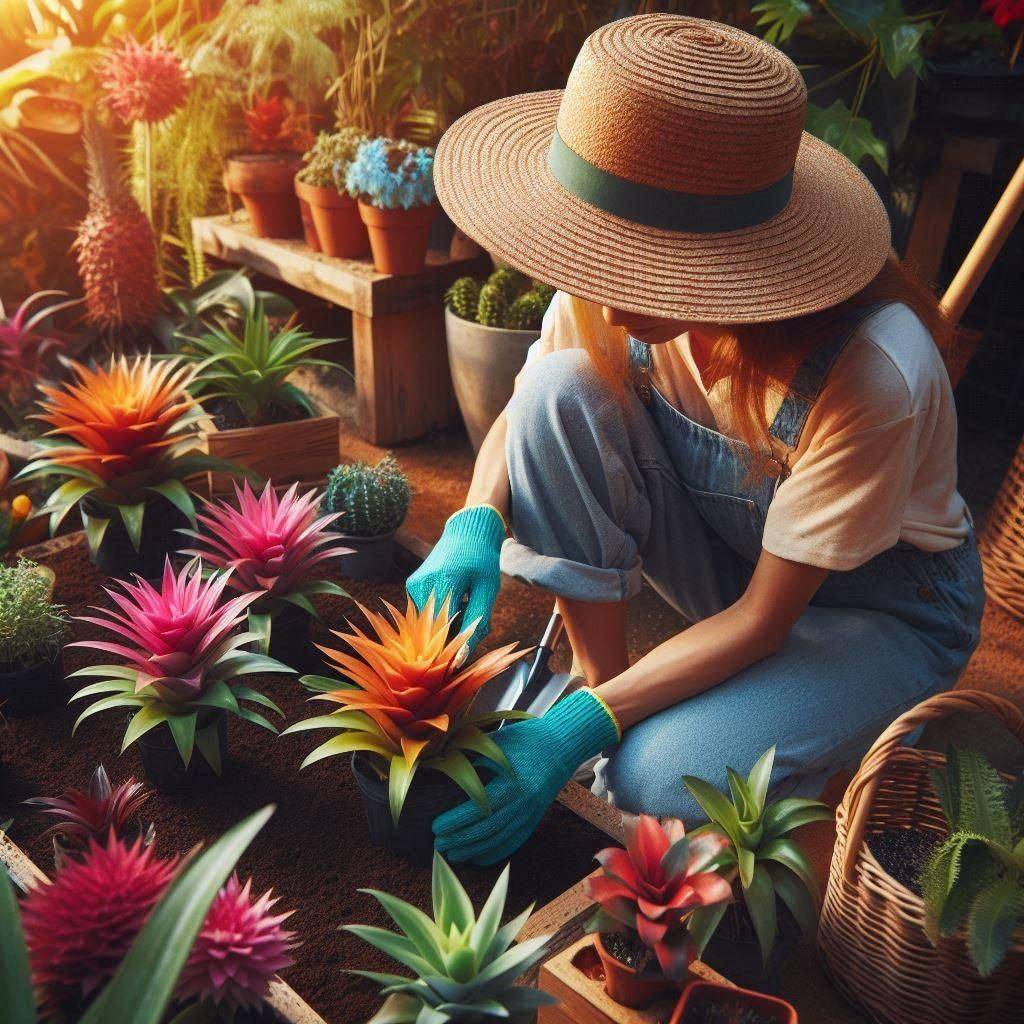
Light Requirements
Most bromeliads like bright, indirect light, but the amount of light required varies from species to species. While some can withstand direct sunlight, others will get sunburnt easily. To meet the lighting requirements for bromeliads, follow these lighting requirements.
●Indirect light: Most bromeliads require bright indirect light. You can place them near a window where they can receive sunlight that has been filtered.
●Direct light: Some varieties, including Aechmea and Neoregelia, can tolerate more direct sunlight. In case you see your bromeliad’s leaves fading or scorching, move it somewhere with less head-on exposure.
●Low Light: Guzmanias and some Tillandsias can grow under low-light conditions, making them suitable for indoor areas with little natural light.
Knowing the lighting requirements of your bromeliad is important in terms of its growth and coloration.
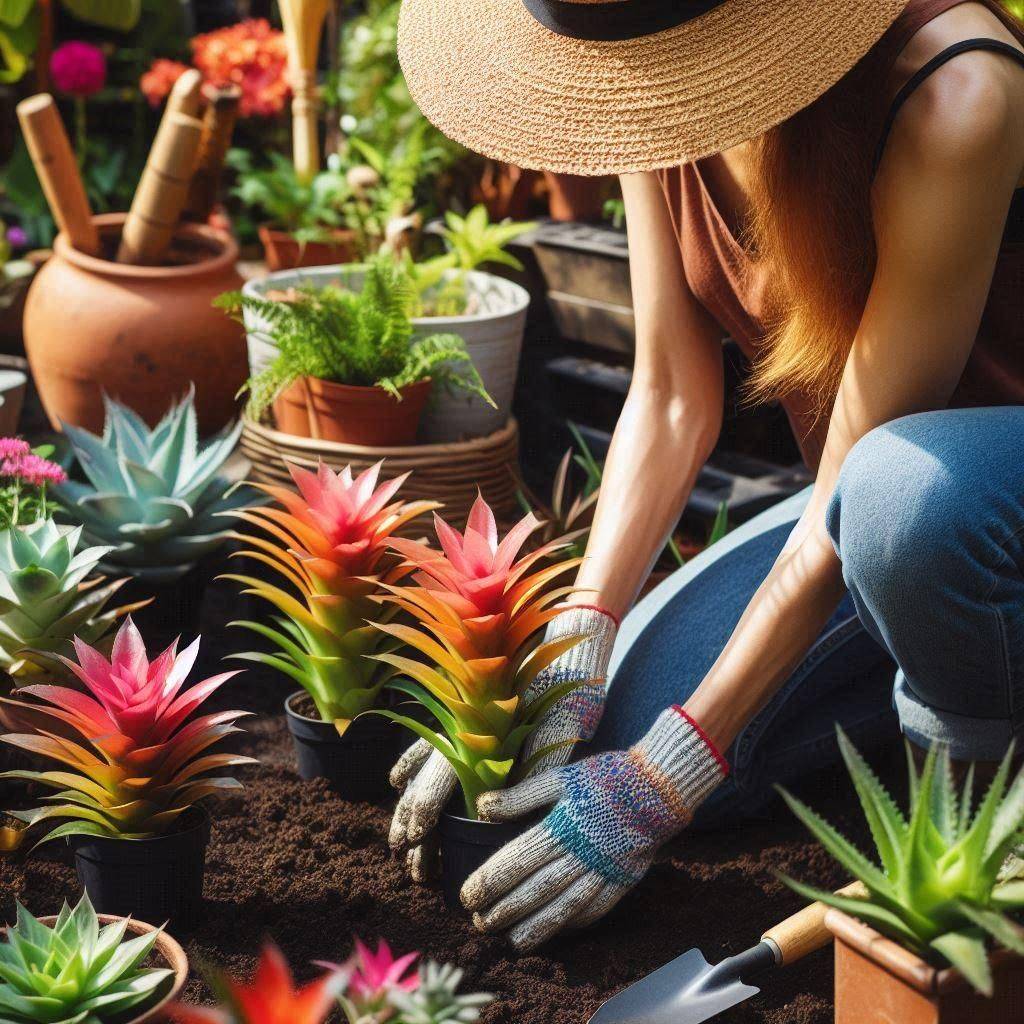
Creating the ideal conditions for bromeliad growth
Bromeliads’ health and growth depend on creating the best soil mix and planting conditions. They need well-drained soil to thrive in their natural habitats, which often consist of three barks and leaf litter in tropical forests.
For a robust soil mix, combine pine bark, perlite, and sphagnum moss. Pine bark provides structure as well as mimics the natural debris bromeliads grow in, thus providing crucial support for root systems as well as air passage.
In order to improve drainage and prevent soil compaction, perlite (volcanic glass) is incorporated to supply roots with enough oxygen.
Sphagnum moss helps in retaining moisture without waterlogging, which creates an equilibrium environment reminiscent of their accustomed natural water cycle.
Selecting the right container is as vital as the soil mix. Opt for pots with ample drainage holes to prevent water from accumulating at the bottom, which can cause root rot, a common issue for bromeliads.
Containers made from porous materials like terracotta can also help manage moisture levels by allowing excess water to evaporate through the walls.
Bromeliads should be planted in such a way that the base of the plant rests just above the level of the soil. This method will keep water from gathering around its base, thus reducing the chances of decay and improving air circulation around its roots.
Good air movement minimizes cases of fungal infections and promotes vigor in the plant. Avoid covering it with too much soil because excessive moisture around its base may suffocate the roots, leading to their decay over time.
Watering techniques for bromeliads
Bromeliads have a unique structure that allows them to hold water in their central cup, also known as a tank. Proper watering techniques are essential to prevent overwatering and to ensure the plant’s health. Here are some simple watering tips for bromeliads.
●Central Cup: Keep the central cup filled with water, but change the water regularly to prevent stagnation and mosquito breeding.
●Soil Watering: While the central cup is the primary source of water, you should also lightly water the soil. Allow the soil to dry out slightly between watering.
●Humidity: Bromeliads appreciate high humidity. If growing indoors, consider using a humidifier or placing the pot on a tray of pebbles and water to increase humidity around the plant.
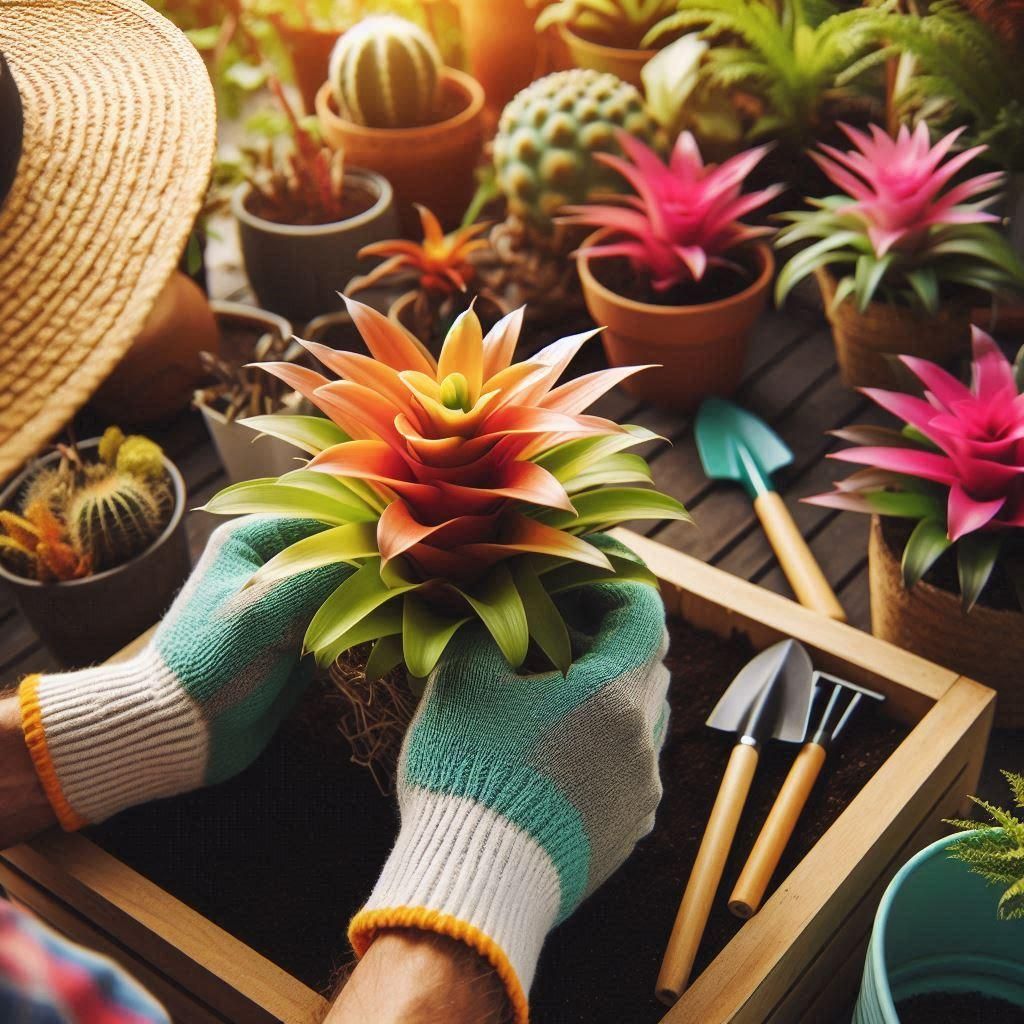
Maintaining temperature and humidity
Since bromeliads are tropical plants, they thrive in environments that mimic their natural habitats, which are characterized by warm temperatures and high humidity levels. For the survival and development of these crops, it is essential to create an enabling environment for them.
Bromeliads love temperature ranging from 60–80°F (16–27°C). Although they can withstand slightly lower temperature temporarily, prevent them from getting frozen, as this may damage or kill them.
Maintaining a consistent, moderate temperature supports optimal growth and prevents stress on the plants.
Aim to keep the humidity around 60%. In dry climate regions or indoor settings where humidity is lower, it is useful to increase moisture content.
This can be done by regular misting of leaves or using a humidifier. Good leaf formation with humidity promotes leaf health while avoiding dehydration and enhancing general vigor.
Good air circulation is essential for bromeliads to thrive. Stagnant air can encourage fungal infections and hinder proper gas exchange for the plants. Place bromeliads in areas with gentle air movement, such as near a fan set on low or in a room with adequate ventilation.
This helps prevent moisture from accumulating on leaves and promotes healthier overall growth.
Successfully cultivating bromeliads requires careful consideration of their diverse needs, from choosing the right species to providing optimal light, soil, watering, and environmental conditions.
By selecting suitable varieties, understanding their lighting preferences, creating a balanced soil mix, mastering watering techniques, and maintaining ideal temperature and humidity levels, growers can create an environment where bromeliads thrive beautifully.
Each step contributes to replicating their tropical habitats and ensuring these exotic plants flourish indoors or in garden settings with vibrancy and health.
OTHER NEWS
-
- Planting for Wellness: How Indoor Plants Can Improve Your Health and Happiness
- By Molly Joshi 22 May,2024
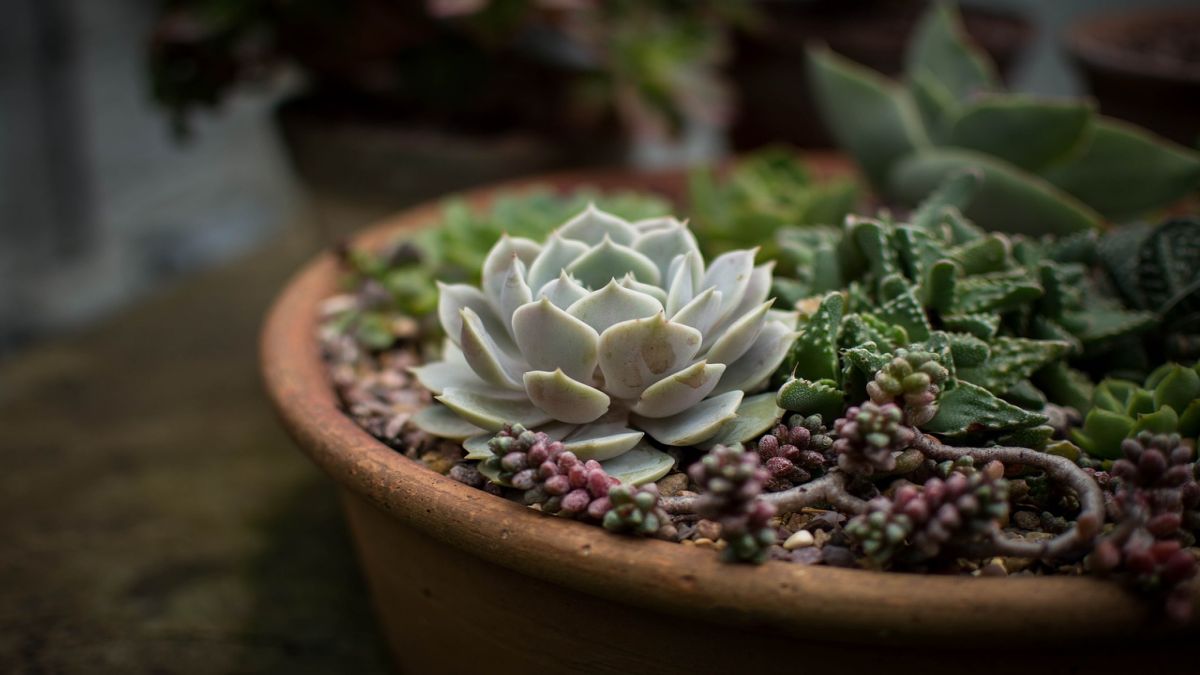
-
- In-Depth Guide to Selecting, Planting, and Maintaining Backyard Orchard Fruit Trees
- By Prodosh Kundu 03 Jun,2024

-
- Collecting Rainwater to Irrigate Your Garden: A Sustainable Water Solution
- By Molly Joshi 17 May,2024
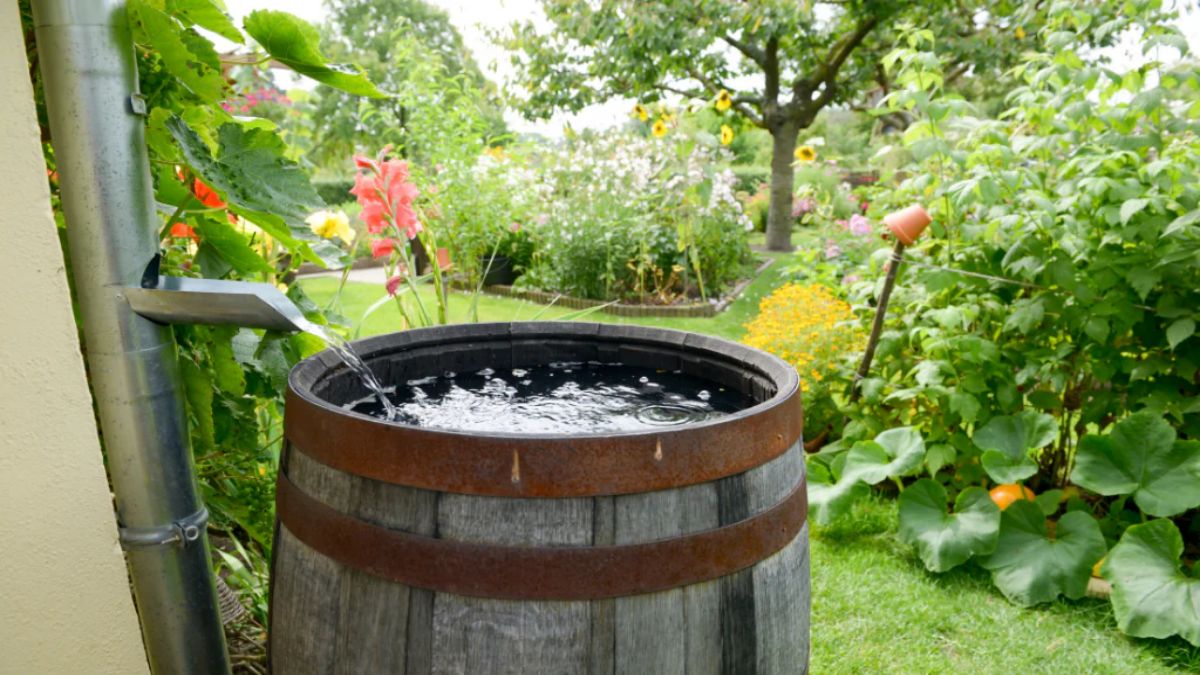
-
- Grass Guru Guide: Essential Tips for Lawn Care and Trimming Success
- By Molly Joshi 22 May,2024

-
- Garden Harmony: Choosing the Right Plants for Your Perfect Oasis
- By Molly Joshi 22 May,2024
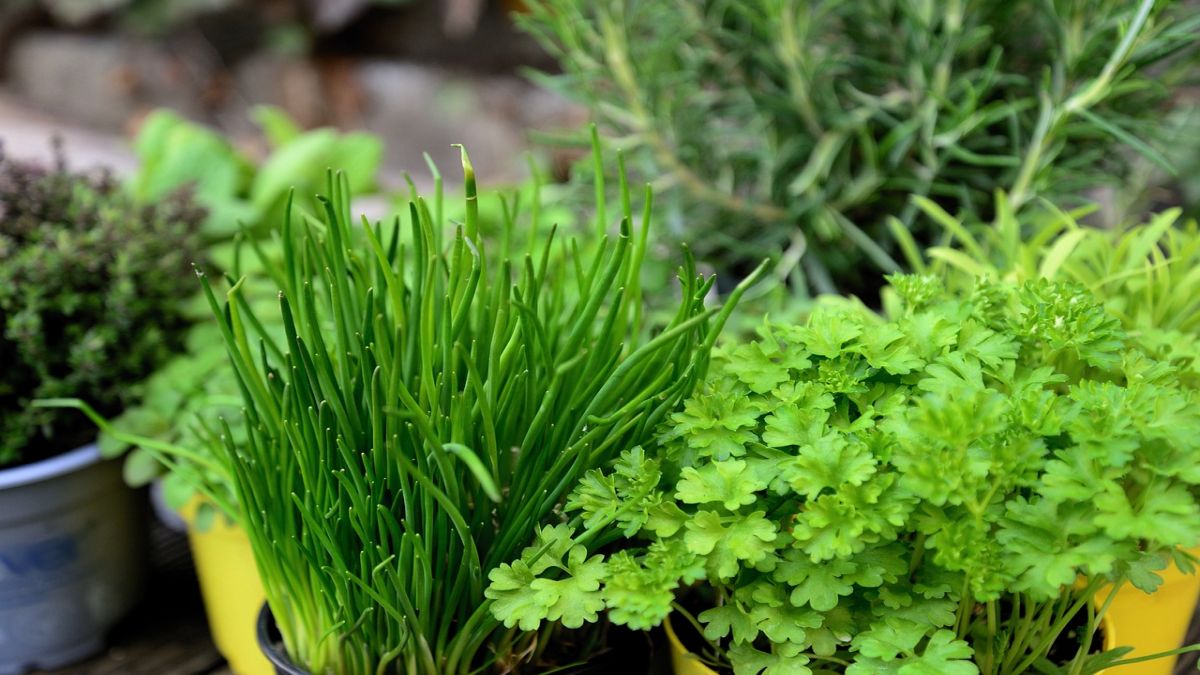
-
- 10 Unique Indoor Garden Designs to Elevate Your Living Space
- By Molly Joshi 22 May,2024

-
- Five Things to Consider When Growing Bromeliads
- By Prodosh Kundu 15 Jul,2024
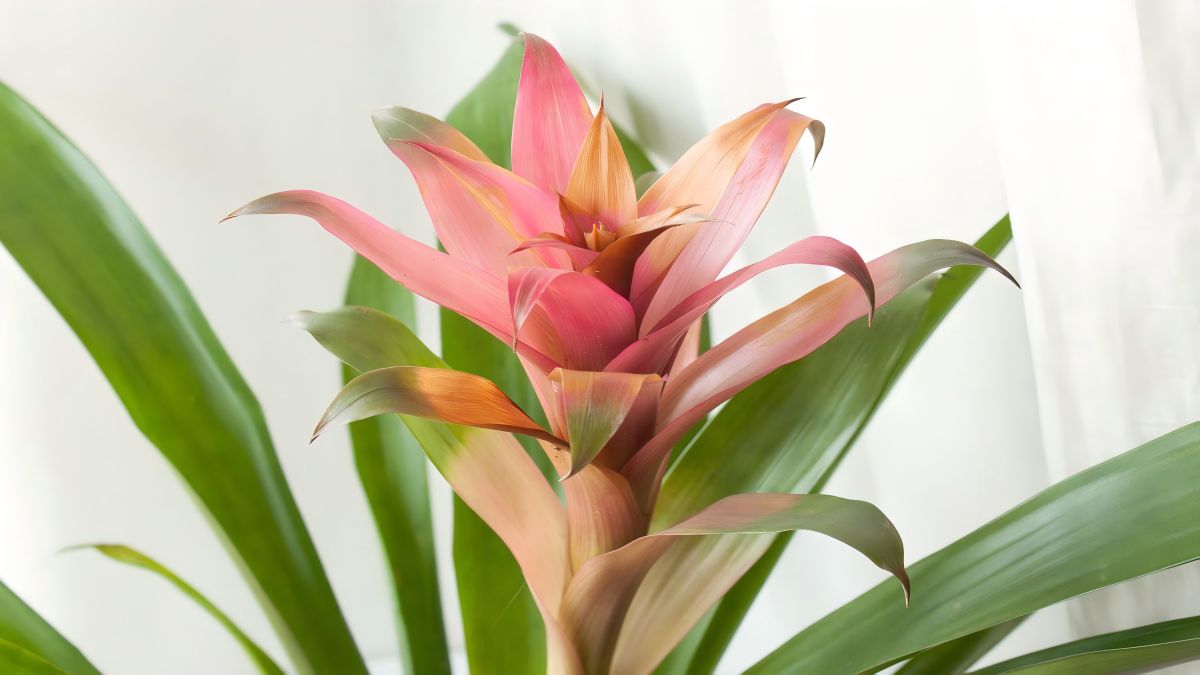
-
- How to Propagate Your Lilac at Home
- By Prodosh Kundu 15 Jul,2024
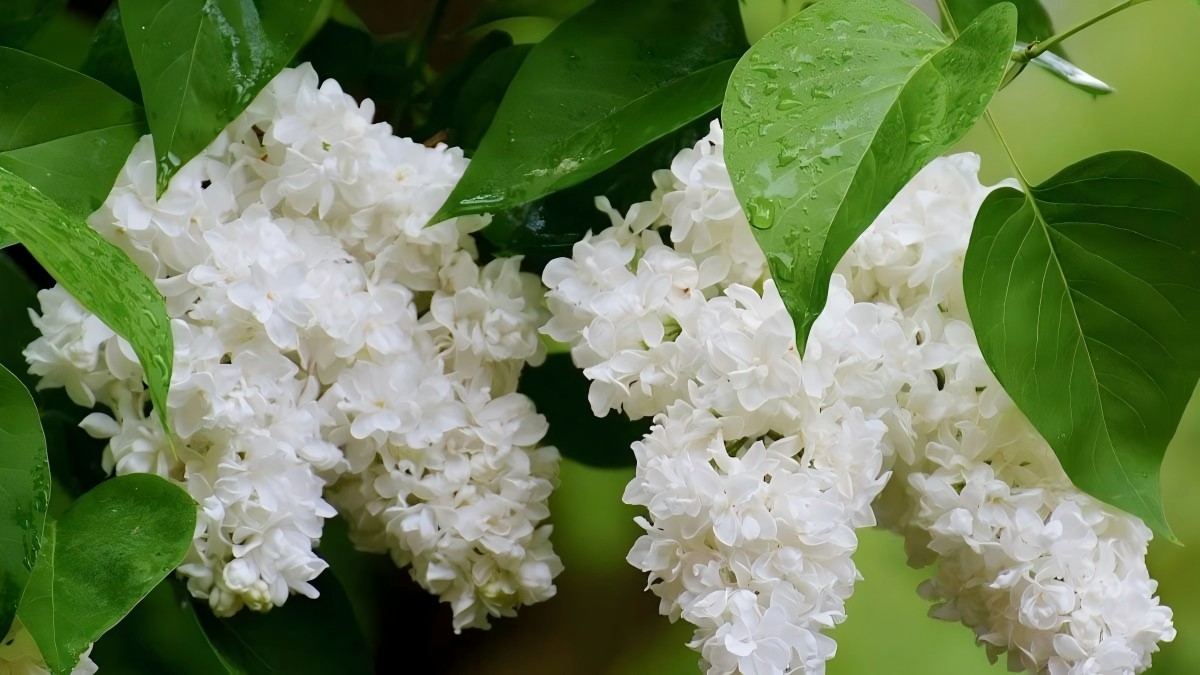
-
- How to Choose the Best Lawn and Landscaping Services for Your Home
- By Prodosh Kundu 28 Aug,2024
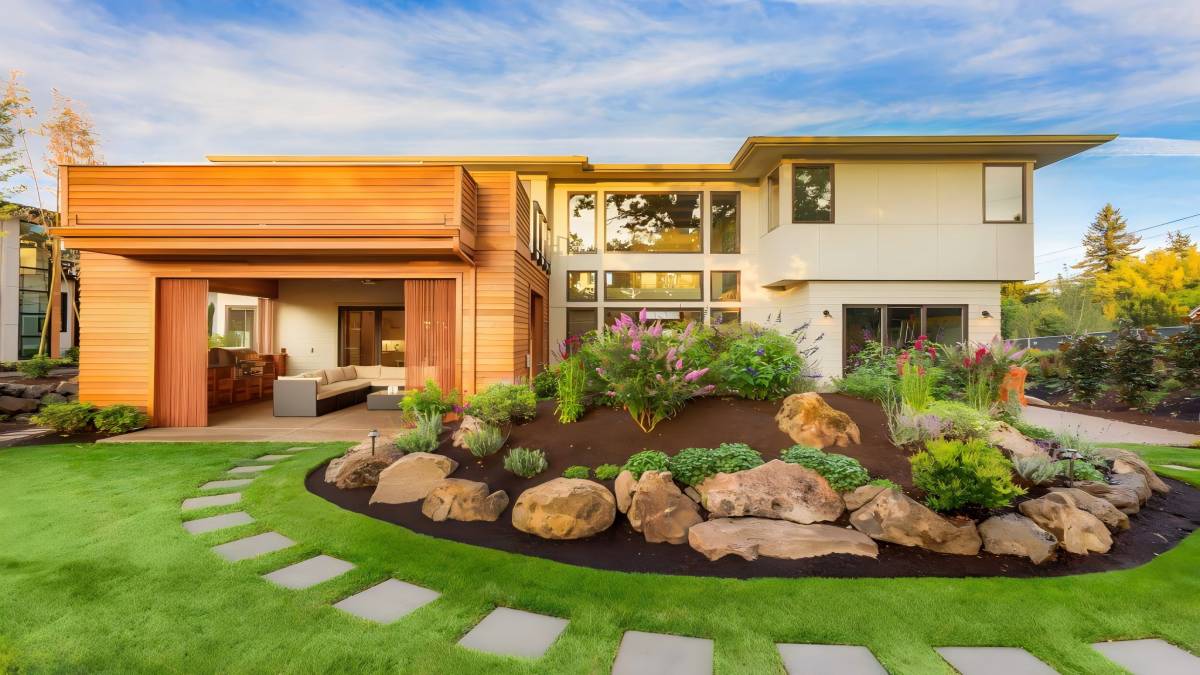
-
- How to Use Plants to Control Aphids
- By Prodosh Kundu 16 Jul,2024

-
- The Backbone of Your Garden: How Compost Can Transform Your Soil
- By Molly Joshi 17 May,2024
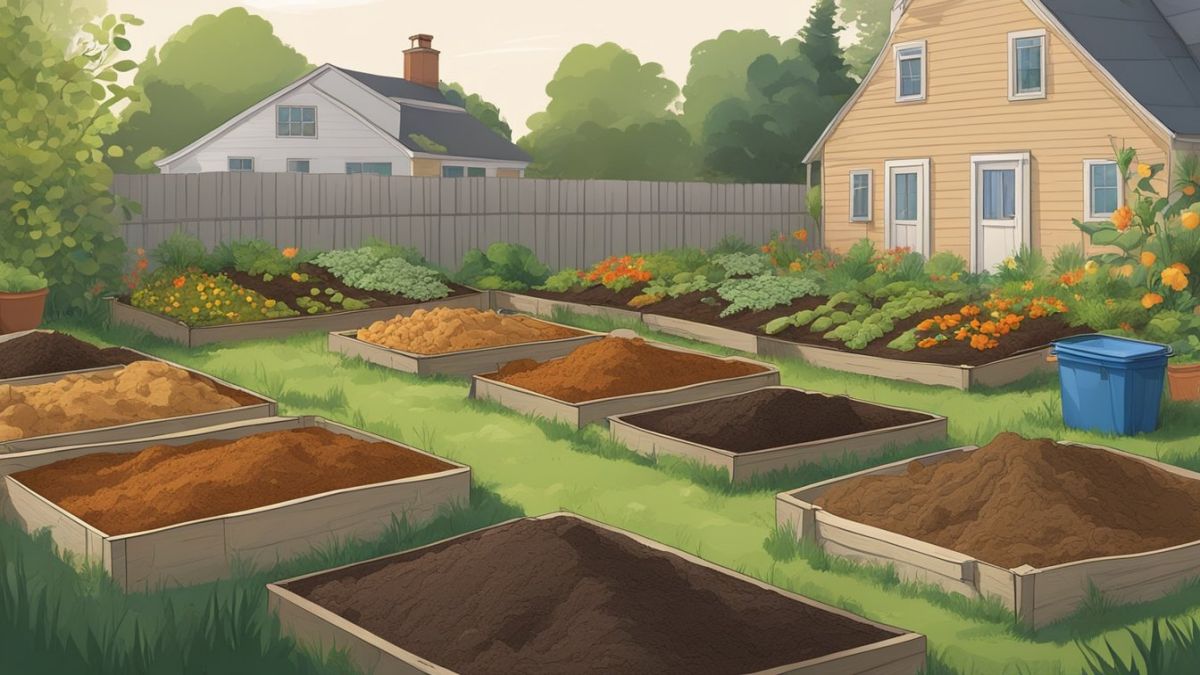
-
- Embrace the Serenity of Winter_ Essential Gardening Tips for the Off-Season
- By Molly Joshi 23 May,2024

 1
1 1
1